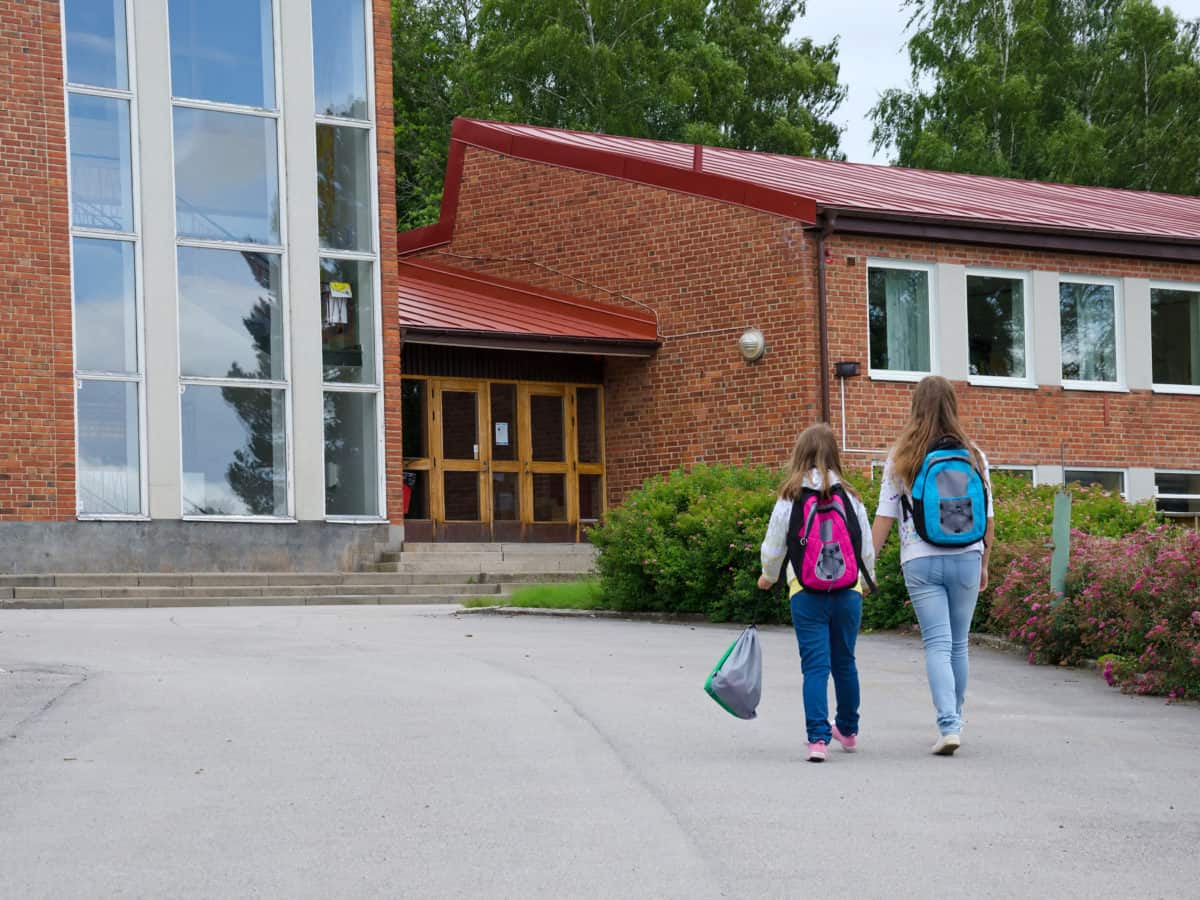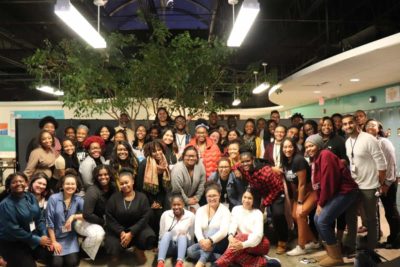

Many students have witnessed the recent public killings of black people, including Ahmaud Arbery, Breonna Taylor, and George Floyd due to their deaths being frequently discussed in the mainstream media. These deaths and those of other people of color are causing students of all backgrounds and races across the state and nation to ask race-related questions that we, as educators, might not be able to answer.
While the topics of racism, discrimination, stereotypes, and systemic oppression are difficult to discuss, educators are not meeting the needs of all students if a safe space is not provided to process these feelings in educational settings. Educators have the unique opportunity to build positive relationships with students and facilitate these difficult conversations. All students should be comfortable sharing their fears and concerns in educational settings with educators who make an effort to hear and understand their point of view on race relations and other issues in our nation.
Here are three strategies that educators can adopt to facilitate change right now to support our students.
Educate and immerse yourself in cultures outside of your own
Schools and communities are becoming more diverse by the day. In order to truly understand students, educators must take the time to inform themselves on the unique backgrounds of their students. Educators will not likely relate to or identify with every students’ personal experiences on every level, which is OK, but being aware of a world outside of your own is half the battle.
This can be accomplished by taking the time to examine the factors that contribute to their school’s diversity, such as race, socioeconomic status, and past academic performance, by analyzing their school’s data and utilizing scholarly articles, books, think pieces, and other forms of literature to understand their findings. This gives educators the opportunity to be intentional about programming and interventions that are unique to the student population.
Examples of intentional programming may include celebrating black history month, Hispanic heritage month, and Pacific Islander month. Students that are minorities demographically still deserve to be represented and celebrated. Some students may be ashamed of their heritage because they have not seen anyone outside of their family discuss it or celebrate it — but introducing speakers and volunteers that have backgrounds that are reflective of students can help build confidence and provide representation in learning spaces. Representation matters.
Be willing to have uncomfortable conversations
For many educators, operating within personal comfort zones and functioning in familiar territory is what feels good. There are times when educators might find themselves subconsciously or purposely avoiding conversations and questions as it relates to racism, discrimination, stereotypes, and systemic oppression due to the fear of sounding ignorant or possibly offending others.
While these variables might not impact all students, what about the students that are facing them? Students are done a disservice when educators intentionally turn a blind eye to issues that are impacting them. These conversations have the ability to spark knowledge, create change, and build safe places where all students can thrive.
To ease any stress or anxiety that comes with having uncomfortable conversations, role playing is a good tool. Facilitate mock conversations with a trusted co-worker, family, or friend. This is a safe platform to brainstorm and decide what you want to say before engaging in a real conversation with students.
Introduce students to the concept of self care
Exposing students to the concept of self-care is crucial to their social and emotional wellbeing. Social media has allowed students to have the world at their fingertips. They often receive news before their parents, guardians, or teachers can sit down and discuss with them difficult topics such as police brutality and racism.
Simply taking a casual scroll on social media can cause students to watch traumatic events that they might not even be looking for and can be difficult to process for children. While we cannot always filter what they see, we can remind them that it is important to take care of themselves during these trying times. By taking the time to explore with students what they enjoy doing, what is relaxing to them, and what brings them peace, educators can help them formulate a personalized self care plan. Setting the foundation for self care can assist students in regulating their emotions and setting boundaries as a long-term solution.
It is imperative for educators to begin building relationships with their students. Students need to feel that the adults in their school care about them and value their feelings, concerns, and opinions. While teaching the curriculum is important, taking the time throughout the school year to engage in relationship building exercises will give educators the opportunity to look at their students as a person first and as a student second. Students will appreciate the time that educators take to get to know them early in the school year and it can solidify a great staff/student relationship. By setting this foundation, educators will be able to implement the suggested strategies listed in this article.




